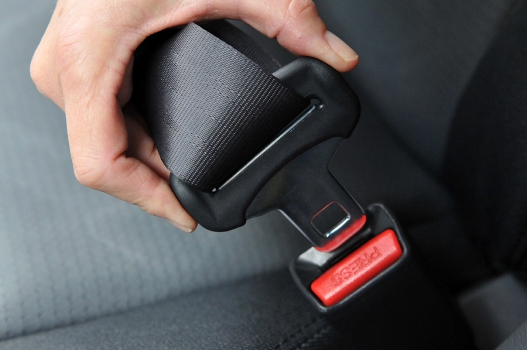A few weeks ago, our blog focused on safety as it relates to the younger drivers in your fleet. Why? Because, according to the Centers for Disease Control and Prevention (CDC), drivers 18 – 24 years old have the highest rate of injury crashes.
How do you bring down injury rates among your younger drivers? One method is to focus on the basics—things that younger drivers have been taught but often overlook in day-to-day driving situations. As a safety supervisor, you’re looking for interventions that will provide your company with a great ROI—as it relates to saving lives and to saving money.
Here’s a great place to start. Make sure that all drivers and all passengers are wearing seat belts at all times when in a company vehicle. But, you might ask, “Doesn’t everyone already know this?”
Most companies have policies that call for seatbelt use; however, statistics show that not all employees are following those policies. The CDC study points out two vital statistics:
1) Men are 10 percent more likely to avoid wearing a seatbelt than women, and
2) Adults between the ages of 18 and 34 are less likely to wear seat belts than older adults.
Now on top of that, keep in mind that the younger adults mentioned are much more likely to be involved in collisions than older drivers.
Here’s another important statistic to remember. The use of seatbelts will reduce collision deaths by 50 percent. Another way of looking at it is this: If your drivers are not wearing seatbelts, and if they are involved in a collision, they are 100 percent more likely to be killed or injured than someone who is wearing a seatbelt.
Even non-fatal collisions have long-lasting repercussions for drivers, their passengers, and for their companies. For each collision-related death, there are an average of eight hospitalizations, and 100 emergency room treatments. According to the CDC, collisions in 2014 resulted in more than 18 billion dollars in lifetime medical and work-loss expenses. So, even non-fatal collisions have serious health and financial considerations.
So let’s get back to the basics—especially with the younger drivers in your fleet. Everyone in the vehicle needs to have his or her seatbelt securely fastened before the driver turns on the ignition.
For more information on fleet safety tips, how’s my driving programs, and online driver training, contact DriverCheck.
